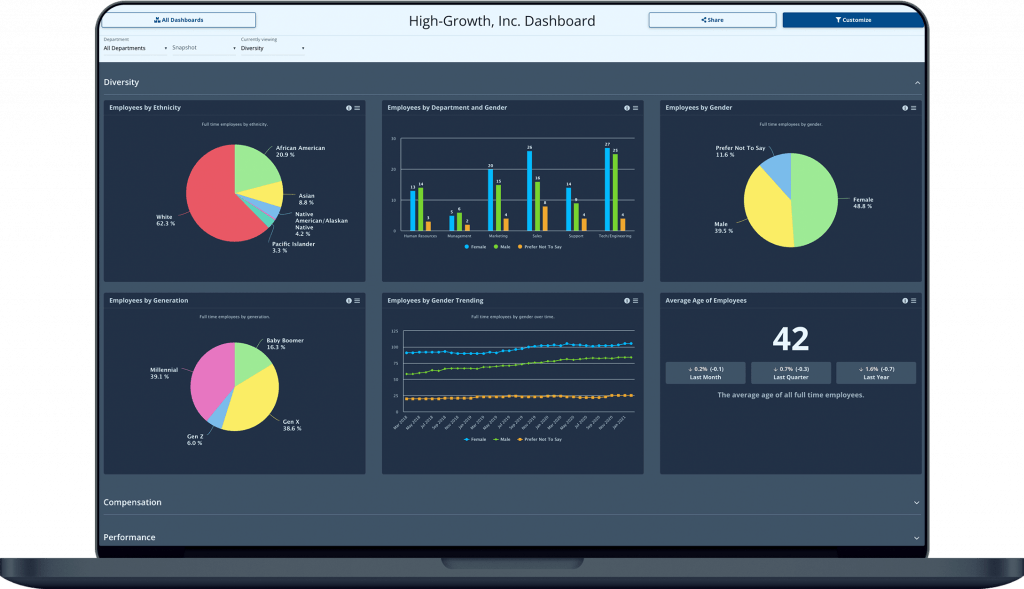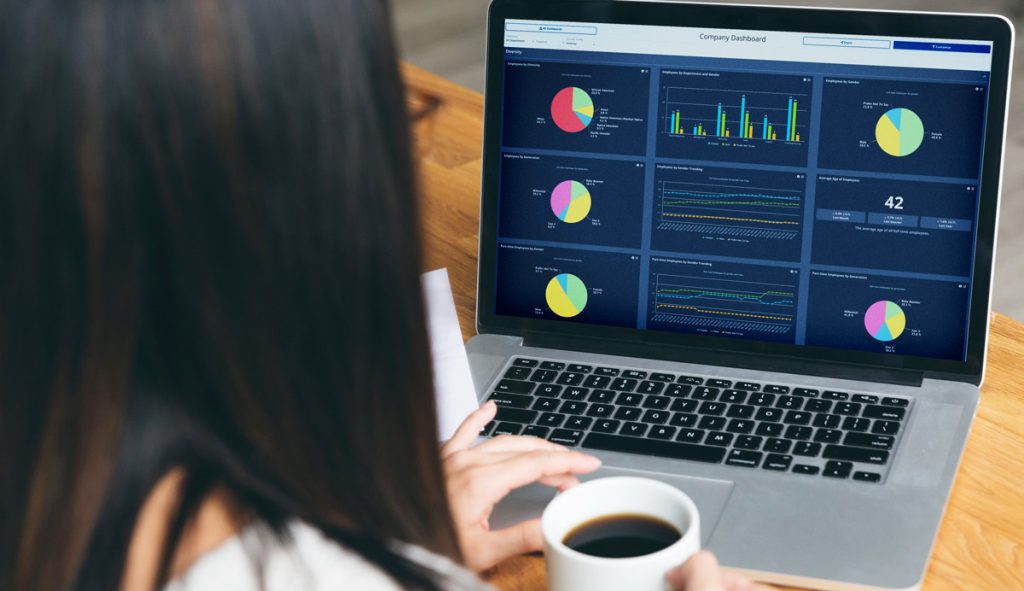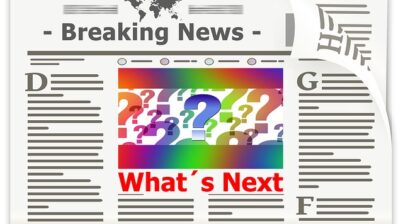There was a time when women did not sit in executive teams, weren’t part of boards, and didn’t sit in senior leadership. They mostly occupied jobs in the typing pool and secretarial staff. It wasn’t really until the 1970s in the US that women entered the workforce in significant numbers, a full ten years after the 1960s feminist movement. Even still only 8% of Fortune 500 companies have female CEOs, so there’s a long way to go but it’s difficult for modern workers to fathom women not holding important roles in the workforce. Yet we have many diverse groups who are left out of the “workforce conversation.” Just as we look back at the roles women had fifty years ago, in fifty years, we will look with shaking heads at the lack of diversity and inclusion in today’s companies.
Companies are only now starting to look to the bigger picture. Yet evidence suggests that diverse workforces do better. Diverse workforces are more profitable, perform better, and have lower turnover rates. What’s there not to like about those stats? So, how do you create an ideal DEI framework for your business? Let’s explore.
What is DEI?
When creating DEI programs it may be difficult to know where to start. You may know that diverse workforces are better for your company, but how do you prioritize DEI? What parts of the organization need to be involved?
But what is DEI? DEI stands for “diversity, equity, and inclusion” and it’s an umbrella term to mean the policies, programs, and procedures to encourage representation and participation of diverse groups.
“Diversity” can include gender, race, ethnicity, disability, religion, culture, age, sexual orientation, and diversity of background, experience, skill, and expertise.
Robust DEI programs help employees be able to be themselves. It fosters engagement, inclusion, belonging, productivity, innovation, and increased revenue as a result.
What is a DEI framework?
A DEI framework is the infrastructure for your DEI program. It’s understanding if all your diverse employees have access to your DEI program and does your program make them feel included, valued, heard, and engaged? If you have a program, is there a way for the impacted employees to provide feedback for improvements? How do you determine if your DEI program is effective? What do you do with your DEI data?
For example, you may have identified that many of your black and Latinx employees work customer-facing, entry-level jobs. They may have little determination of how policies and procedures impact them – sometimes for the worse. How can you remove barriers for these employees to work their way up the career ladder? Maybe, in order to work certain white-collar jobs, there’s a degree requirement, but can that be removed for people who can be trained to do the job? How are you training diverse employees for C-suite jobs?
In another example, many younger employees can teach themselves coding since they’ve grown up with it, but if there are jobs that require specific coding degrees to apply, does that create barriers for certain diverse employees? If so, can that requirement be removed?
Looking at every aspect of the business from the populations in teams, the job adverts, the barriers for promotions (are reviews unintentionally bias), the inclusive (or not) culture of the workplace, and so forth can help determine if your business creates a space for diverse employees to thrive, contribute, and feel happy in the workplace.
How can HR professionals learn from DEI HR data?
How can you tell if your company is diverse enough? Well, you need data to analyze. HR professionals need to understand where their diverse employees work and what career progression looks like for them.
Do women in the company leave around certain ages? What are the barriers for them returning to work? Do people of color generally leave the company after three months, six months, a year? After they’ve failed to land promotions? What is causing your turnover and has it anything to do with a lack of inclusive culture?
HR analytics software systems like Employee Cycle have the ability to create a diversity dashboard for your team utilizing HR system integrations companies already use. It takes the guesswork and manual work out of monitoring your departmental diversity and automates the analytics process.

When you understand the numbers and slowly work to improve, the intentionality will improve all aspects of your business, from leadership to employee engagement to organizational culture.
When embarking on a diversity, equity, and inclusion journey, you’ll need a roadmap (the framework) to help guide your path because, without a plan, you’re setting yourself up for failure.
It should be a journey and not a knee-jerk reaction, though, because finding quick-fix band-aids for deep-seated problems will seem like a tick box exercise and not listening to the issues that face diverse employees.
For example, what’s the experience of your mid-twenties black male coders in the workplace? What’s the experience of your forty-something women in engineering roles? What’s it like for Latinx employees in customer service? What’s it like for your white male employee in his fifties who didn’t get an Ivy-league education? There’s lots of work to do to ensure that the employee experience is positive for all of your employees. Diversity, equity, and inclusion programs quite simply remove obstacles for your employees and allow them to perform at their best.
How to create a DEI program
How to action a DEI framework will vary by organization but you can use six broad categories to begin.
- DEI strategic plan: what areas of the business suffer from lack of diversity, lack of fairness, lack of inclusion? What are ways you can begin to fix it? Come up with a plan using stakeholders from the lowest-paid employee to the highest. Have diverse groups to tackle this issue, gather your key diversity metrics (e.g., Employees by Ethnicity, Employees by Department and Gender, Employees by Gender, Employees by Generation, Average Age of Employees), and come up with a plan.
- Leadership commitment: your middle-managers, your senior leaders, and your board members need to be committed to making changes for the better. How do you get these employees to buy in?
- Recruitment and hiring diverse talent: discover how to recruit, hire, and retain diverse talent.
- Inclusive and fair performance management: determine ways to create inclusive structures for performance, pay, and management of diverse employees. That may include time out for religious functions for Muslim employees as an example or more flexible work policies for women and men with childcare and elderly care obligations.
- Equitable and inclusive company culture: figure out if your company culture feels inclusive to diverse groups. Do your policies unintentionally discriminate against the culture and practice of certain groups, including socioeconomic differences?
- Marketplace and community impact: analyze what the community expects of your DEI framework and if it’s having a positive impact on community perceptions of your company – if you’re not seeing positive impacts, what more can you do to improve your internal policies?
Building an excellent, effective, and fair DEI framework takes time, effort, intentionality, and, perhaps, years of work. Your policies need to be reviewed regularly to keep up with the times.
But, just as all-white-male employees in big corporations fifty years ago didn’t see the need to promote white female employees to management positions, those policies didn’t stand the test of time nor did they help companies grow and improve.
Don’t make your company one of those unfortunate statists that didn’t move with the times.
How to gather diversity data: here’s how Employee Cycle makes it easy
Employee Cycle can show you how to gather your diversity data in a single dashboard that can be interpreted, shared, and used easily.

Don’t make the beginnings of creating a DEI framework more complicated than it has to be, see what we can do for you by scheduling a free demo today.











